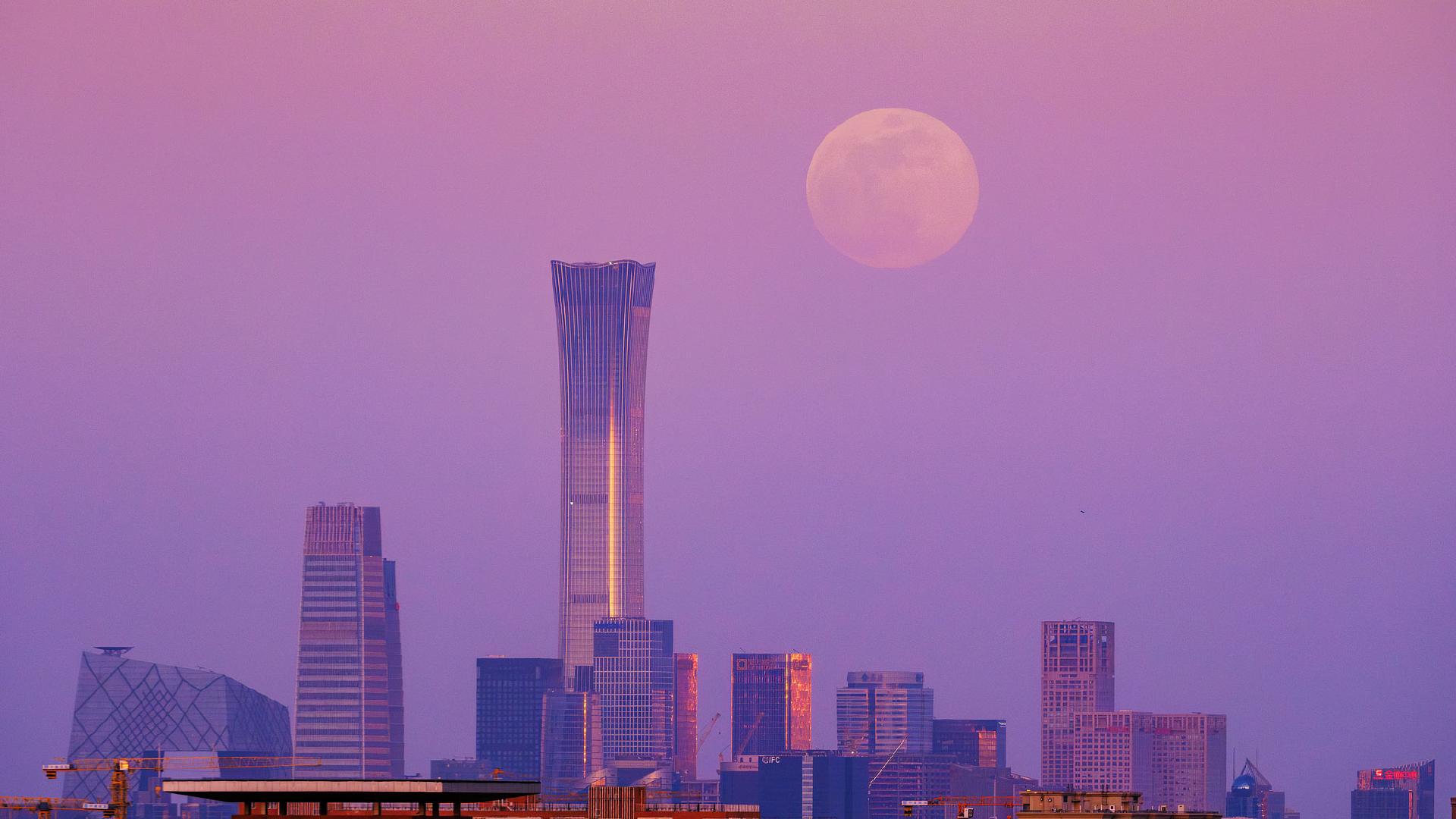The celestial brilliance: Integrating science and tradition at the Lantern Festival
The lunar glow: Science and tradition in the Lantern Festival sky explores the intersection of cultural practices and scientific phenomena during the Lantern Festival. This article delves into the historical significance of the festival, its vibrant celebrations, and the role of the moon in shaping these traditions, while also highlighting the scientific aspects of moonlight and its effects. Through this lens, readers will gain a deeper understanding of how generations have celebrated this event under the enchanting glow of the moon.

More than a beautiful backdrop for the festivities, moon-gazing on this culturally significant night is a treasured tradition, deeply embedded in Chinese heritage.
This lunar observance transcends merely admiring the silvery orb; it embodies a meaningful celebration of family reunions.
It's intriguing to realize that the stunning moon, which takes center stage during the Lantern Festival, doesn't emit its own light. Instead, it reflects sunlight, functioning like a massive mirror in space that captures rays from the sun.
The magic of the full moon occurs when Earth aligns itself directly between the sun and the moon. In this cosmic arrangement, sunlight floods the entire side of the moon visible from our perspective.
Since we are witnessing the entire sunlit face of the moon, it appears as that perfectly round, fully illuminated orb we describe as a full moon.
However, this February full moon serves not only as a beautiful event in itself but also as an introduction to a season rich with celestial occurrences. Skywatchers can look forward to a variety of events in the coming months. April will feature the Lyrids and Eta Aquariids meteor showers, while parts of the world will experience a partial solar eclipse in late March.
Even more remarkable events are on the horizon for August, and we will keep you updated on these astronomical wonders, encouraging everyone to look up in awe at the universe above.
Ramin Sohrabi for TROIB News
Discover more Science and Technology news updates in TROIB Sci-Tech












